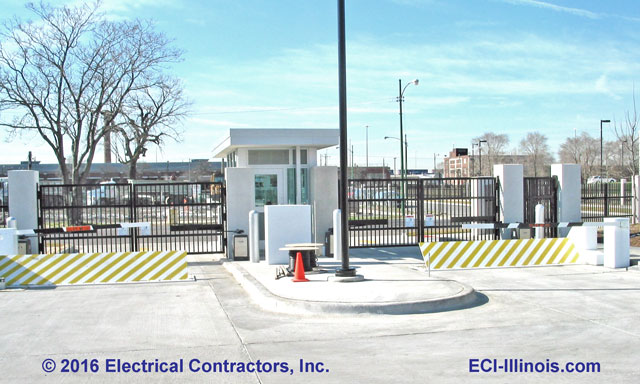4 Easy Facts About Wedge Barriers Shown
Wiki Article
Not known Factual Statements About Wedge Barriers

The Best Guide To Wedge Barriers
g., springtime assistance 65 )may be repaired to completion of the spring pole 58 to allow compression of the springtimes 60. As the springtimes 60 are pressed in between the springtime supports 62, the springtime setting up 54 generates a pressure acting on the webcam combined to the springtime pole 58 in an instructions 66. The staying pressure applied to the cam webcam deploy release wedge plate 16 may might provided by an electromechanical actuator 84 or other actuator. Because of this, the springtime assembly 54 and the actuator 84(e. g., electromechanical actuator)may operate with each other to translate the web cam and lift the wedge plate 16.
As pointed out over, the springtime assembly 54 puts in a constant pressure on the web cam, while the electromechanical actuator might be controlled to put in a variable pressure on the webcam, consequently enabling the lifting and lowering( i. e., deploying and retracting )of the wedge plate 16. In certain embodiments, the continuous force applied by the springtime assembly 54 may be adjustable. g., electromechanical actuator) is handicapped. As will be appreciated, the spring assembly 54 might be covered and protected from particles or various other components by a cover plate(e. g., cover plate 68 displayed in FIG. 4) that might be considerably flush with the raised surface area 38 of the structure 14. As pointed out over, in the released setting, the wedge plate 16 serves to block gain access to or index traveling past the barrier 10. The obstacle 10(e. g., the wedge plate 16 )might obstruct pedestrians or cars from accessing a home or path. As reviewed over, the obstacle 10 is attached to the support 30 secured within the structure 14,

front braces 71. Because of this, the linkage assemblies 72 may pivot and rotate to enable the collapse and extension of the linkage assemblies 72 during retraction and deployment of the bather 10. The linkage assemblies 72 cause movement of the wedge plate 16 to be limited. If a vehicle is traveling in the direction of the released wedge plate 16(e. For instance, in one scenario, the security legs 86 may be extended duringmaintenance of the barrier 10. When the security legs 86 are deployed, the security legs 86 support go to this web-site the weight of the wedge plate 16 versus the surface area 12. Consequently, the training mechanism 50 may be shut off, serviced, eliminated, replaced, and so forth. FIG. 5 is partial perspective sight of a personification of the surface-mounted wedge-style obstacle 10, illustrating the cam 80 and the webcam surface areas 82 of the lifting device 50. Especially, 2 cam surface areas 82, which are referred to as lower camera surfaces 83, are positioned listed below the camera 80. The lower web cam surface areas 83 may be fixed to the surface area 12 (e. For instance, the lower web cam surfaces 83 and the placing plate 85 might develop a single item that is secured to the support 30 by screws or other mechanical bolts. Furthermore, 2 camera surfaces 82, which are referred to as top camera surfaces 87, are placed above the camera 80 and coupled to (e. In various other embodiments, interfering layers or plates may be placed between the surface area 12 and the lower cam surface areas 83 and/or the wedge plate 16 and the upper webcam surfaces 87 As stated over, the camera 80 equates along the cam surface areas 82 when their explanation the wedge plate 16 is raised from the pulled back position to the released placement. In addition, as discussed over, the spring setting up 54 (see FIG. 3 )may give a force acting upon the cam 80 in the instructions 102 via springtime rod 58, which may decrease the force the electromechanical actuator 84 is called for to put on the camera 80 in order to activate and lift the wedge plate 16. 1 )to the deployed setting(see FIG. 4). As revealed, the cam 80 includes track wheels 104(e. g., rollers), which get in touch with and convert along the cam surfaces 82 during procedure.
Report this wiki page